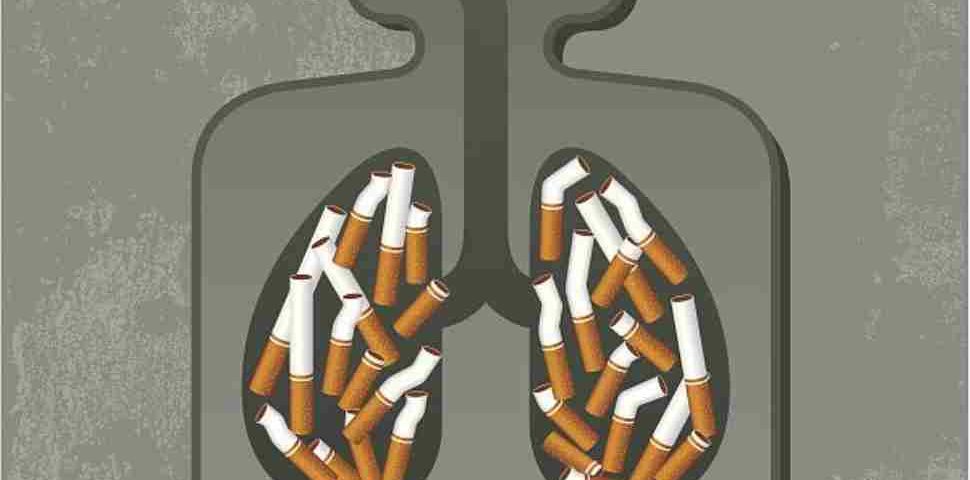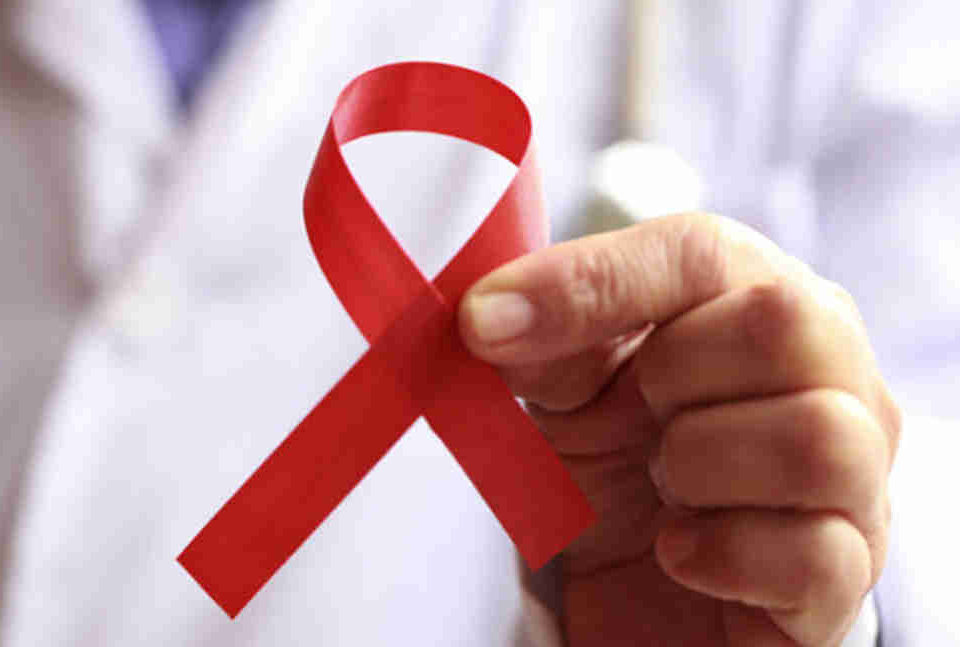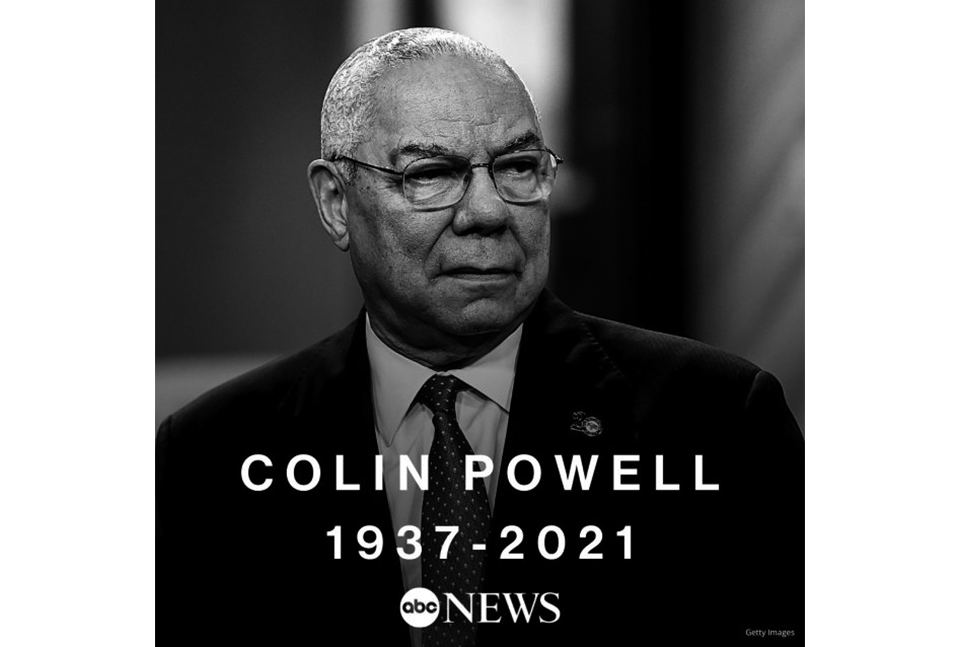- 如有疑问,请联系电邮
- customer@ihealth66.com
USNEWS:戒烟可以降低患肺癌的风险!

USNEWS:过滤过的香烟会降低患肺癌的风险吗?
2019年4月17日
USNEWS:避免“第三手吸烟”的危险!
2019年4月19日By Kathleen Hall
如果你吸烟并想戒烟,你就加入了好的序列。实际上有90%的吸烟者想戒烟,Amy Lukowski说,她是国家犹太健康组织健康行动的临床主任,“但为什么戒不了?这说明了烟草的成瘾性”。
吸烟是肺癌的最大危险因素。但它也是其他类型癌症以及心脏病和肺病的重要风险因素。公平地说,戒烟可能是你能做的唯一最好的事情来改善你的健康和降低你患病的风险。
也许你曾经尝试过戒烟。好吧,再试一次。很少有人第一次就成功了。事实上,大多数人需要七到十次尝试。“不要气馁,”美国肺科协会(American Lung Association)全国烟草项目主任比尔·布拉特(Bill Blatt)说。“每个人都可以放弃。如果你过去曾经尝试过戒烟,把它当作练习。每次你辞职,你都会学到更多关于什么对你有用,什么没用的东西。”
为成功做好准备
准备好戒烟可以大大增加你成功的可能性。
首先选择一个退出日期。它把一根木桩插在地上,宣布你要辞职。选择一个重要的日子,比如孩子的生日或周年纪念日,Lukowski说。“把你的戒烟日期和一些有意义的事情联系起来。”
想想你为什么要辞职。布拉特说,每个人都有不同的理由,但如果你清楚自己的理由,当事情变得艰难时,你可以提醒自己。
寻求家人和朋友的帮助。布拉特说,有些人害怕告诉别人他们打算辞职。他们想要避免亲人的唠叨,或者当他们滑倒时感到失望。“你真的应该告诉人们,”他说。“告诉他们怎样才能帮助你。”例如,当你想吃东西的时候,如果你想找一个能分散你注意力的人打电话,那就特别寻求帮助。
为戒烟日做准备。在戒烟日之前,把家里、车里和工作场所里所有的烟草制品和与吸烟有关的随身物品都清理干净。你不会想在你的车后置物箱里找到一包香烟。布莱特说,考虑一下你的吸烟习惯,然后想出其他的活动来帮助你度过复发风险很高的第一个月。
卢可夫斯基将其称为“三a策略”。
调整:例如,如果你习惯了开车上班时吸烟,那就打破你的常规。选择不同的路线或在不同的时间旅行。
避免:如果你在休息时间和同事一起抽烟,那就不要参加聚会,出去散散步吧。
替代品:锻炼、吮吸吸管或喝冰咖啡(如果像许多人一样,你通常在喝热咖啡时吸烟)可以在你想吃东西的时候给你一个替代品。
利用外部资源提供帮助。除了家人和朋友的支持,考虑利用戒烟资源,如戒烟热线(例如1-800-QUIT NOW)、个人咨询或在线小组。卢科夫斯基说,所有这些都有效;只要找到最适合你的就行了。
和你的医生谈谈医学上的戒烟帮助。美国食品和药物管理局(Food and Drug Administration,简称FDA)已经批准了七种药物,可以减少食欲和戒断症状。戒烟的世界已经发生了很大的变化。杜克大学戒烟中心的医学主任詹姆斯·戴维斯说。他说,联合用药非常有效,比如针对短期症状的口香糖,然后是长期有效的药物。
Lukowski说,在你的戒烟过程中,要知道你会有渴望和戒断症状。“这通常是最糟糕的部分。头两周是最严重的,所以使用工具来减轻症状。”
布拉特建议将戒断和渴望重新定义为康复症状。“(它们)是你的身体正在恢复的迹象。它们现在一点都不好玩,但知道你正在恢复。”
如果你已经被诊断出肺癌怎么办?
随着时间的推移,戒烟可以降低患肺癌的风险。但即使你已经被诊断出肺癌,戒烟仍然是有益的。布拉特说:“如果你做了手术,如果你不吸烟,你会恢复得更快。”它可以减缓疾病的发展,或者帮助癌症药物更有效地发挥作用。
不要放弃
如果你第一次或第十次都没有成功,那就坚持下去。戴维斯说,我们现在了解到,戒烟是一种慢性复发的疾病,吸烟者必须随着时间的推移继续努力,就像任何其他滥用药物一样。吸烟者现在有了新的方法和服务,这在过去是无法帮助他们成功戒烟。
IF YOU SMOKE AND WANT to stop, you’re in good company. Ninety percent of smokers want to quit, says Dr. Amy Lukowski, clinical director of health initiatives at National Jewish Health. “This speaks to the addictive nature of tobacco,” she says.
Smoking is the biggest risk factor for lung cancer. But it’s also a significant risk factor for other types of cancer, as well as heart and lung diseases. It’s fair to say that quitting smoking is probably the single best thing you can do to improve your health and reduce your risk of disease.
Perhaps you’ve tried to quit in the past. Well, try again. Very few people are successful the first time. In fact, it takes seven to 10 tries for most people. “Don’t get discouraged,” says Bill Blatt, national director of Tobacco Programs at the American Lung Association. “Everyone can quit. If you’ve tried to quit in the past, think of it as practice. Each time you quit, you’ll learn more about what works for you – and what doesn’t.”
Set Yourself Up for Success
Preparing to quit can significantly increase the likelihood you will be successful.
Start by selecting a quit date. It puts a stake in the ground and declares your commitment to quitting. Pick a significant date, such as a child’s birthday or an anniversary, Lukowski says. “Associate your quit date with something meaningful.”
Think about why you want to quit. Everyone has a different reason, Blatt says, but if you’re clear about your reasons, you can remind yourself of them when the going gets tough.
Enlist the help of family and friends. Blatt says some people are fearful to tell others they plan to quit. They want to avoid loved ones nagging them or feeling disappointed if they slip. “You should really tell people,” he says. “And tell them how they can help you.” For example, if you want someone to call who can distract you when you’re having a craving, ask specifically for that help.
Prepare for quitting day. Just before your quit day, purge your home, car and workplace of all tobacco products and smoking-related paraphernalia. You don’t want to find a pack of cigarettes in your glove compartment in a weak moment. Think through your patterns of smoking, Blatt says, and come up with alternative activities to get you through that first month when your risk of relapse is high.
Lukowski calls this the three-A strategy. Adjust: If you’re used to smoking while driving to work, for example, disrupt your routine. Take a different route or travel at a different time. Avoidance: If you smoke with your coworkers on break, skip the gathering and go for a walk instead. Alternatives: Exercising, sucking on straws or drinking iced coffee (if, like many, you normally smoke while drinking hot coffee) can give you an alternative behavior when you have a craving.
Use outside resources to help. In addition to the support of family and friends, considering tapping into smoking cessation resources, such as quit lines (for example, 1-800-QUIT NOW), individual counseling or online groups. All work effectively, Lukowski says; it’s just a matter of finding what’s best for you.
Talk to your doctor about medical smoking cessation aids. The Food and Drug Administration has approved seven medications that reduce cravings and withdrawal symptoms. The world of smoking cessation has changed a lot, says Dr. James Davis, medical director of the Duke Center for Smoking Cessation. He says combinations of medications – such as chewing gum for short-term symptoms, followed by a long-active medication – is very effective.
Go into your quitting journey knowing you will have craving and withdrawal symptoms, Lukowski says. “That’s usually the worst part. It’s most severe in the first two weeks, so use tools to lessen your symptoms.”
Blatt suggests reframing withdrawal and cravings as recovery symptoms. “[They are] a sign your body is recovering. They are no fun now, but know you are recovering.”
What if You’ve Already Been Diagnosed With Lung Cancer?
Over time, quitting smoking reduces your risk of developing lung cancer. But even if you’ve already been diagnosed with lung cancer, it’s still beneficial to quit. “If you have surgery, you’ll heal faster if you’re not smoking,” Blatt says. It may slow the progression of your disease or help cancer medications work more effectively.
Don’t Give Up
If you’re not successful your first time or your tenth time, keep at it. Davis says we now understand that smoking cessation is a chronic relapsing condition and that smokers have to keep working on it over time – just like any other drug of abuse. Smokers now have new approaches and services that weren’t available in the past to help them be successful giving up tobacco.





